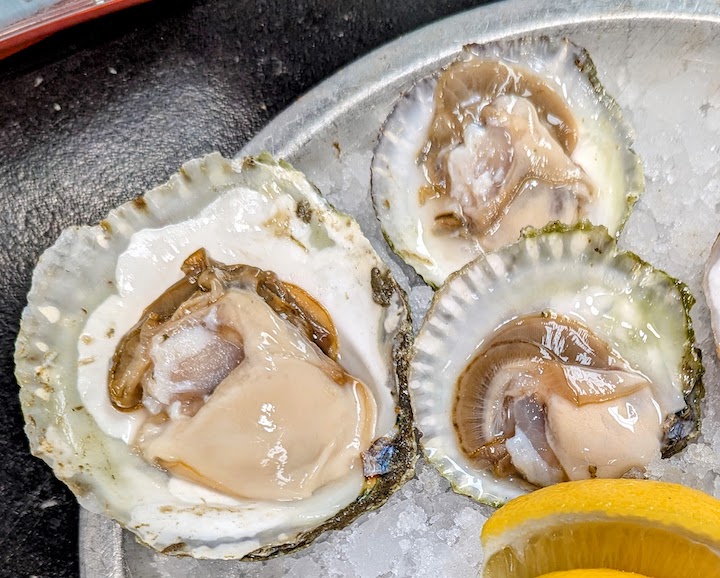
Belon (Maine)
Harpswell, Maine 🌎 See Oyster Map
Belons used to be quite rare. More rightfully known as European Flats (Belon refers to a river in France that grows the finest), or Ostrea edulis, Belons are the native oyster of Europe. They are an entirely different genus from the rest of our oysters. They act different, and they taste different. Way different. Love ’em or leave ’em. They are still rare in Europe, but they were introduced to Maine nearly a century ago and have gone wild in the estuaries there, where they seem to be flourishing and are found as far south as Cape Cod Bay. Harvested wild by divers and clammers.
- Species: European Flat
- Cultivation: Wild
- Salinity: Moderate
- Size: Average
- Region: Maine/NH
Belon (Maine) (11 Ratings)
Submit a Rating
Sign up now to post your rating, or login here.
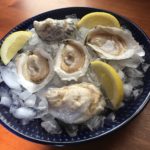
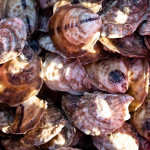
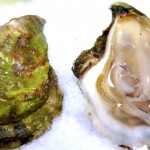
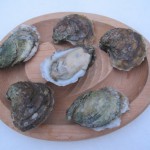
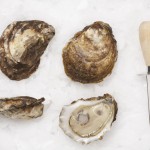

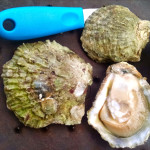
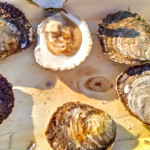
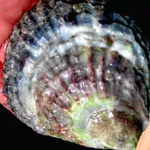
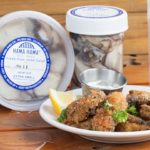
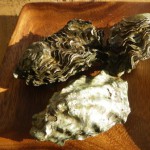
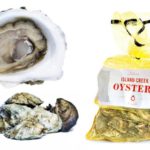
Sampled a few huge ones at Boite aux Huitres in Montreal. Intense and delicious, with powerful brine against a tannic walnut-skin background. Amazing full-contact experience. Crunchy texture like no other oyster. Wow.
Ratings are subjective, so this is just my opinion. The metallic aftertaste was so off-putting that my lovely wife and I both – independently of each other – were worried that we’d gotten a bad oyster. Do not recommend, but YMMV
Minerally, metallic, little tiny bit briny seawater taste, easier to shuck than others. Absolutely loved these!
Can’t add too much to what has already been said above. One of my favorite oysters perhaps because of it’s unique taste.
You’re absolutely right. Harpswell, Maine, is one of the main places they are found, so it’s actually the most accurate name for the oysters, which are wild European Flats that are found up and down the Maine coast (and as far south as Duxbury Bay, Mass). Most often they are called “Belon” after the most famous of all European Flats (found in the Belon River in France) but naming varies.
I could be mistaken but I am absolutely sure I have tried this oyster listed as a “Harpswell” or “Harpwell” and the reason I say I have is because before this oyster was shucked there was an immediate smell that filled the room that was offensive but spiked my curiosity. The taste was almost offensive like I had eaten something I should not have yet there was an indescribable taste that was absolutely unforgettable and
I am now scouring oyster menus looking to eat this oyster again.
I second the pepper suggestion. And I’ve bumped my rating up half a star for that combo.
I’ve been reading this forum for a while now and finally decided to join. First off, I’ve been eating raw oysters for over thirty years. I’ve had them fresh from the water in Canada, California, Washington state, Massachusetts, Louisiana, and in Europe. So I read the few ratings for Belons here, I felt compelled to comment.
First off, they are not for newbies or the faint-hearted. I consider them one of the most unique and amazing oysters you can ever try. Yes, they have a very strong metallic aftertaste, sort of like holding a copper penny on your tongue. But they also have a great taste that’s more like a west coast, than an east coast oyster, but without the cucumber taste. They do vary from batch to batch and suffer from poor handling, so you really need to try them more than once and from different sources if possible. Lastly, I don’t recommend lemon (or lime?) with these oysters, but they are one of the few that might be good with a mignonette sauce if you like that sort of thing. My Belgian friend eats them with just a little fresh ground black pepper. I eat them plain and recommend you try them that way first, but please do try them!
They’re beautiful oysters that taste like licking iron pilings combined with a flinty white wine. I failed to see Rowan’s lime suggestion before starting – luckily I happened to be drinking a vodka gimlet with plenty of lime and he’s right, it really does cut down on the bitter metal. Pair with a gimlet.
I like Belons, but have always viewed them as the Uni of oysters. You either love them or hate them. To me they have a consistency and flavor much more like a clam than any oyster you have had before. As Mr. Jacobsen states, the metallic (copper-like) taste predominates. As a “professional” shucker at an oyster bar, I can tell you they are also on the difficult side to open!
Oh, man, this oyster is super impressive—stunning purple scallop-like shell, incredible heft and strength—but it’s just tough to swallow. A sharp taste of iodine and bitter turnip. Texture is wonderfully chewy/squishy/crunchy, like a jellyfish salad, but the bitter metal was overwhelming. However, a few drops of lime juice took that all away and made it really tasty—beer recommended!